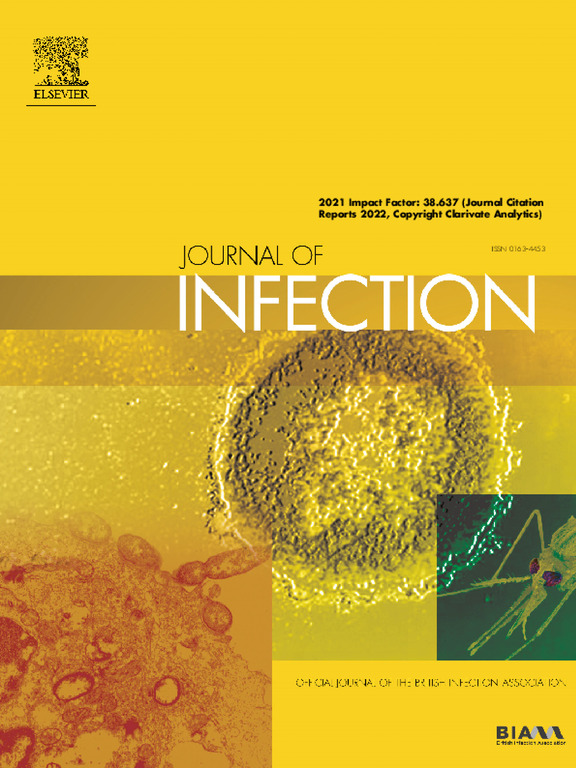中国支睾吸虫病:基于国家监测的受感染人群和高危人群的地理空间模型
IF 11.9
1区 医学
Q1 INFECTIOUS DISEASES
引用次数: 0
摘要
目的支睾吸虫病在中国流行程度较高。无法获得感染人群和高危人群的精细分布,阻碍了控制。方法基于中国2016 - 2021年的监测数据,结合社会经济、环境和行为因素,建立贝叶斯地理统计模型,以高空间分辨率(5 × 5 km2)估算不同年龄和性别的华支睾吸虫感染率。然后估计有感染风险的人群,以及需要化疗的人群。结果2020年中国中华按蚊感染人口加权患病率为0.67%(95%贝叶斯可信区间(BCI): 0.58% ~ 0.77%),感染人数为946万人(95% BCI: 822 ~ 1088万人)。南部地区患病率较高,广西(8.92%,95% BCI: 7.10% ~ 10.81%)和广东(2.99%,95% BCI: 2.43% ~ 3.74%)。保守估计9913万人(95% BCI: 8861万~ 1.144万)存在感染风险,其中5169万人(95% BCI: 4548万~ 5784万)需要化疗。结论甲支睾吸虫病是中国特别是南方地区重要的公共卫生问题,存在着巨大的危险人群和大量的感染人群。提倡实施化疗以控制发病率。本文章由计算机程序翻译,如有差异,请以英文原文为准。
Clonorchiasis in China: Geospatial modeling of the population infected and at risk, based on national surveillance
Objectives
Clonorchiasis is highly endemic in China. The unavailability of fine-scale distribution of population with infection and at risk hinders the control.
Methods
This study established Bayesian geostatistical models to estimate age- and gender-specific prevalence of Clonorchis sinensis infection at high spatial resolution (5 × 5 km2), based on the surveillance data in China between 2016 and 2021, together with socioeconomic, environmental and behavioral determinants. The population at risk and under infection, as well as chemotherapy need were then estimated.
Results
In 2020, population-weighted prevalence of 0.67% (95% Bayesian credible interval (BCI): 0.58%−0.77%) was estimated for C. sinensis infection in China, corresponding to 9.46 million (95% BCI: 8.22 million-10.88 million) persons under infection. High prevalence was demonstrated in southern areas, including Guangxi (8.92%, 95% BCI: 7.10%−10.81%) and Guangdong (2.99%, 95% BCI: 2.43%−3.74%). A conservative estimation of 99.13 million (95% BCI: 88.61 million-114.40 million) people were at risk of infection, of which 51.69 million (95% BCI: 45.48 million-57.84 million) need chemotherapy.
Conclusions
Clonorchiasis is an important public health problem in China, especially in southern areas, due to the huge population at risk and large number of people under infection. Implementation of chemotherapy is urged to control the morbidity.
求助全文
通过发布文献求助,成功后即可免费获取论文全文。
去求助
来源期刊

Journal of Infection
医学-传染病学
CiteScore
45.90
自引率
3.20%
发文量
475
审稿时长
16 days
期刊介绍:
The Journal of Infection publishes original papers on all aspects of infection - clinical, microbiological and epidemiological. The Journal seeks to bring together knowledge from all specialties involved in infection research and clinical practice, and present the best work in the ever-changing field of infection.
Each issue brings you Editorials that describe current or controversial topics of interest, high quality Reviews to keep you in touch with the latest developments in specific fields of interest, an Epidemiology section reporting studies in the hospital and the general community, and a lively correspondence section.
 求助内容:
求助内容: 应助结果提醒方式:
应助结果提醒方式:


